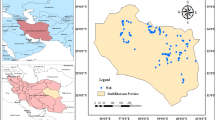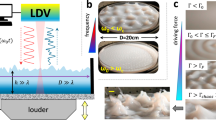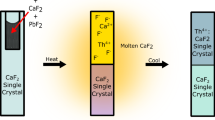Abstract
ON the morning of January 29, as I was walking from this place down Haverstock Hill into London, about 9.30, my attention was attracted by the “frost fronds” on the flags of the footpath. I see instances not unfrequently, and have called attention to one variety, where they form divergent groups, like the sticks of a partly opened fan, resembling the well-known crystals of actinolite obtained on the southern side of the St. Gothard Pass (see Proc. Roy. Soc. lxiii. p. 217, and Quart. Journ. Geol. Soc. liv. p. 368); but those now mentioned were characterised by unusual delicacy and grace. They formed groups, often half a yard in diameter, composed of frond-like radiating tufts, made up of thin stems or acicular crystals (often some four inches long and about the thickness of a bodkin)beautifully curved: this almost invariable bending of the “blades” being the most marked characteristic. They resembled very delicate seaweeds, dried and displayed on a card as an ornamental group. In descending the hill I observed that the crystals became a little coarser and more like those already mentioned. Also that sometimes clots of frozen mud appeared near the junction of the fronds, as if a trefoil or quatrefoil leaf had been placed there to hide it. I attribute the unusual delicacy of the fronds to the fact that the previous evening had been showery, and so the pavement had been cleaned of all but the very finest mud, after which had come a drying wind and a frost. Thus crystallisation probably occurred in a very thin film of slightly turbid water and on a fairly smooth surface, so that opposition to it was comparatively slight and the circumstances approached more nearly to the crystallisation of water on glass. I could not linger to make a minute study as I was pressed for time, but write this in the hope that some one who can take photographs (which I cannot) will collect examples of “frost fronds,” for I believe they would be helpful in interpreting crystal building in rock masses.
This is a preview of subscription content, access via your institution
Access options
Subscribe to this journal
Receive 51 print issues and online access
$199.00 per year
only $3.90 per issue
Buy this article
- Purchase on SpringerLink
- Instant access to full article PDF
Prices may be subject to local taxes which are calculated during checkout
Similar content being viewed by others
Author information
Authors and Affiliations
Rights and permissions
About this article
Cite this article
BONNEY, T. Frost Fronds. Nature 63, 347 (1901). https://doi.org/10.1038/063347a0
Issue date:
DOI: https://doi.org/10.1038/063347a0



